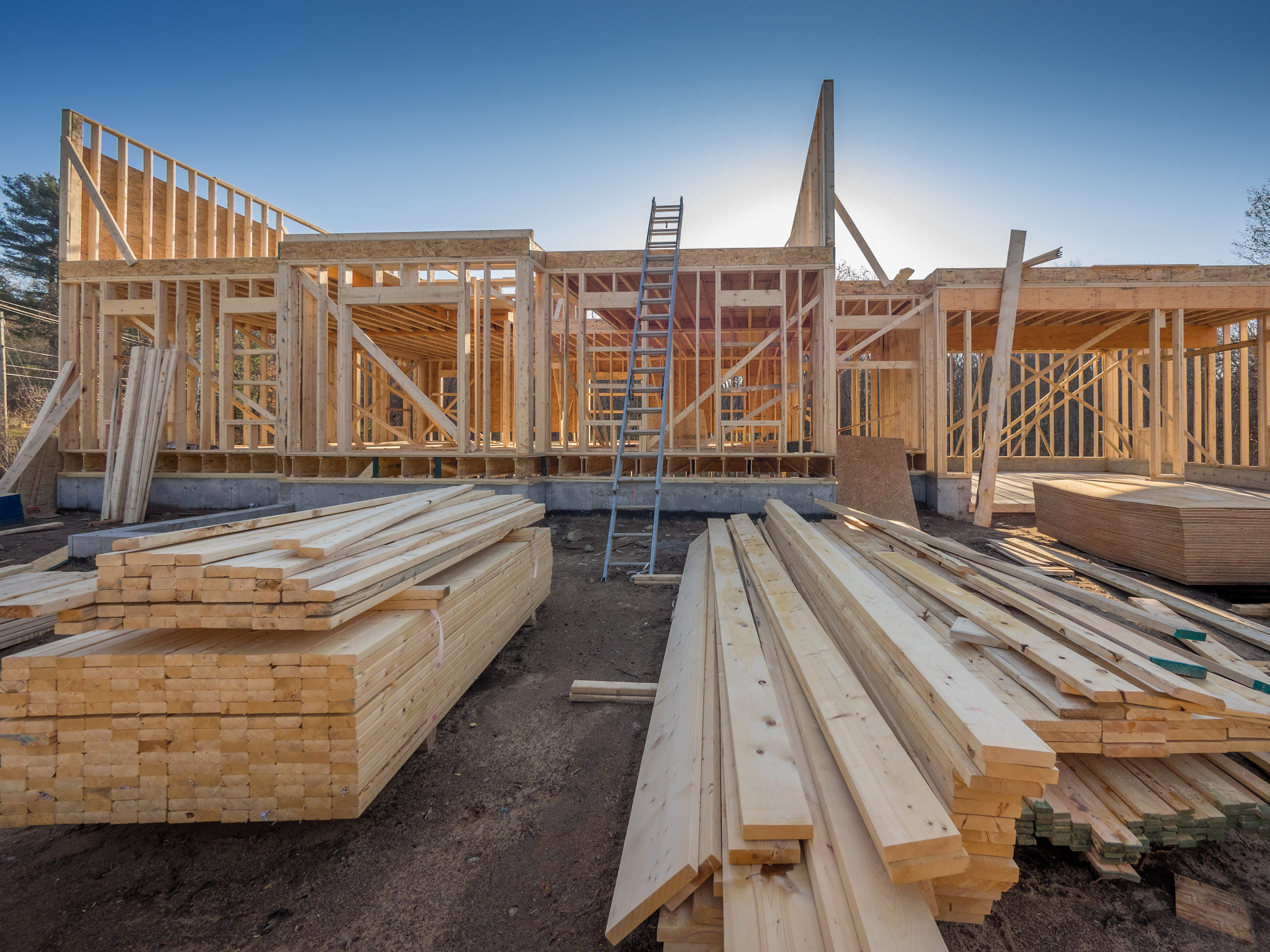There is a major supply and demand imbalance for construction materials right now and policyholders that are trying to repair or replace any damage to their property are being forced into a holding pattern because of it. The American Property Casualty Insurance Association (APCIA) is urging policyholders that are living in high-risk areas to prepare for the season’s catastrophes. Mitigating potential losses by taking appropriate measures now will save a lot of strife and waiting in the future.
The pandemic caused a significant strain on the materials in the construction market. There is an outstanding shortage of materials and the cost for them continues to increase. This is especially true for lumber.
Property owners can help alleviate the pressure on costs by taking the necessary steps now to mitigate potential future. This includes checking your policy to ensure it includes replacement cost coverage, which pays for construction materials of like kind and quality, without deducting depreciation. It is also prudent to check if your policy includes optional higher limits of additional living expense (ALE) coverage. In the event a longer timeframe is needed to complete the repairs or replacement on your property due to the shortage of materials, you are going to want more ALE to cover hotel and food costs for a longer amount of time.
In U.S. Property Insurance Market Struggles to Balance Supply & Demand, the APCIA reported:
After a record-setting year of catastrophes in 2020, 2021 started with one of the largest winter freeze losses in US history in February, with Texas experiencing its largest non-hurricane weather loss event. The event led to hundreds of thousands of residential and commercial property claims in the region and is estimated to have caused insured losses of $10-$20 billion. For comparison, first-quarter catastrophe losses have averaged $4.6 billion over the prior 10 years, with a high of $7.6 billion in 2017.1 However, ongoing effects from COVID-19 have become the biggest story in 2021 which continue to weigh heavily on the property insurance market. COVID-19 led to a major reduction in manufacturing of key construction materials in early 2020 just as consumer demand shifted from services to goods.
Demand for lumber crashed in the Great Recession as homebuilding screeched to a halt, thus the lumber industry anticipated a similar slowdown in Covid and cut production and unloaded inventory in fears of a looming crash. However, demand went in the opposite direction, catching homebuilders and lumber producers off guard.
Demand for skilled contractors and construction materials to build new homes and complete home remodeling projects in 2020 collided with the end of a record-breaking year for catastrophe losses when thousands of homes across the U.S. would also need to be reconstructed following devastating hurricanes, wildfires and other natural catastrophe events. Materials and labor supply could not keep up with demand.
Lumber has been among the most affected materials, driving the price of lumber up 400% to $1,600 per thousand feet of board in May 2021, and long lead times to secure materials.2 The National Association of Home Builders (NAHB) reported the increase in cost from lumber added $36,000 to the cost of building the average single-family home.3
Widespread material shortages began to emerge in the first half of 2021, resulting in houses authorized for new construction, but not yet started, to reach the highest level since 1999 as builders began to hesitate. Reports in May indicate builders had begun pouring a concrete foundation then stopping and waiting. This pullback in construction helped bring lumber prices down from peak highs in May, which then triggered a sell off of lumber stockpiles that were being hoarded by some builders, retailers and others who were worried about running out of materials. While lumber costs have come down 40% from the highs in May,4 as of mid-June, lumber costs are not expected to return to normal anytime soon as demand remains high and several challenges that existed prior to the pandemic remain, including a geographic shift in where lumber is sourced from.
In general, but especially until we see some balance return to the supply and demand of construction materials, take the necessary steps to make sure you don’t get caught in the holding pattern.
________________________________________
1 https://www.fitchratings.com/research/insurance/us-property-casualty-insurers-see-record-losses-from-texas-storms-24-02-2021
2 https://www.usatoday.com/story/money/markets/2021/06/23/home-building-lumber-prices-renovations-delayed-amidcovid/7768522002/
3 https://www.cnbc.com/2021/05/18/home-construction-sees-biggest-drop-since-pandemic-hit-heres-why.html
4 https://www.wsj.com/articles/lumber-prices-are-falling-fast-turning-hoarders-into-sellers-11623749401




